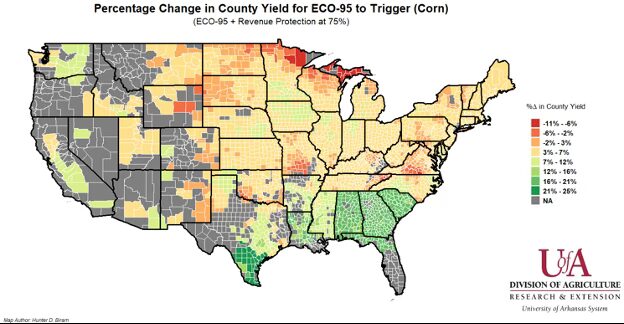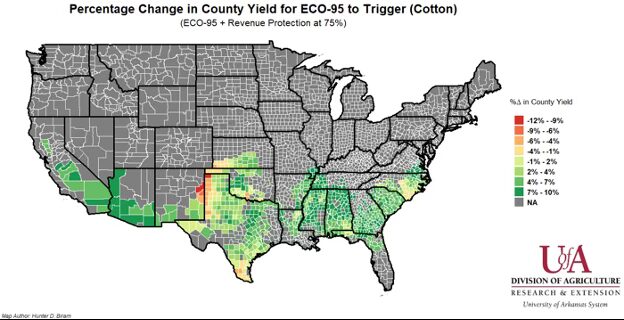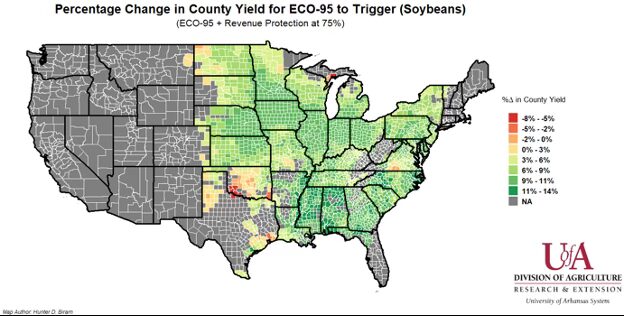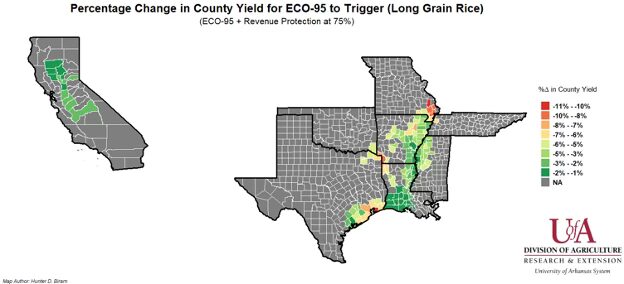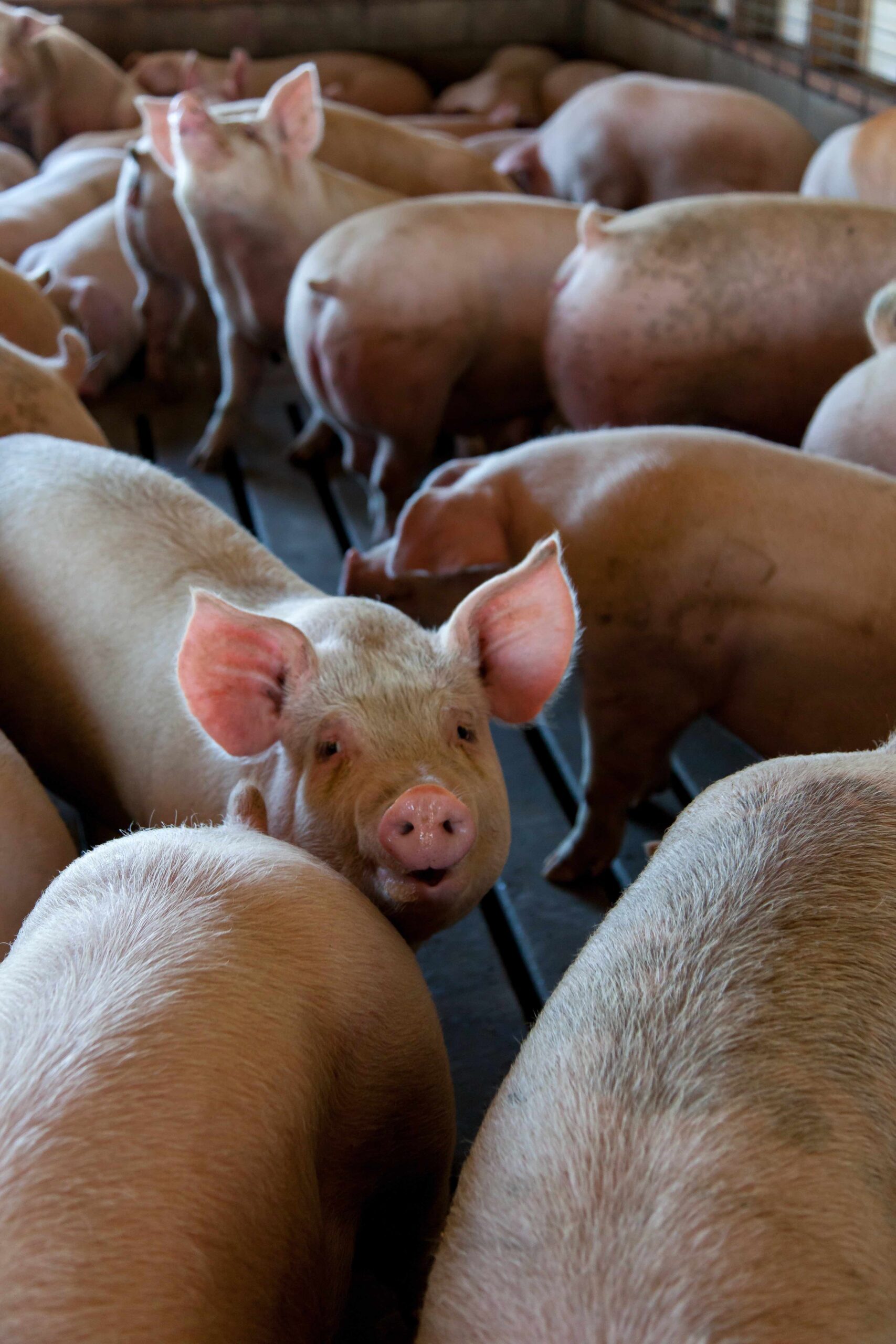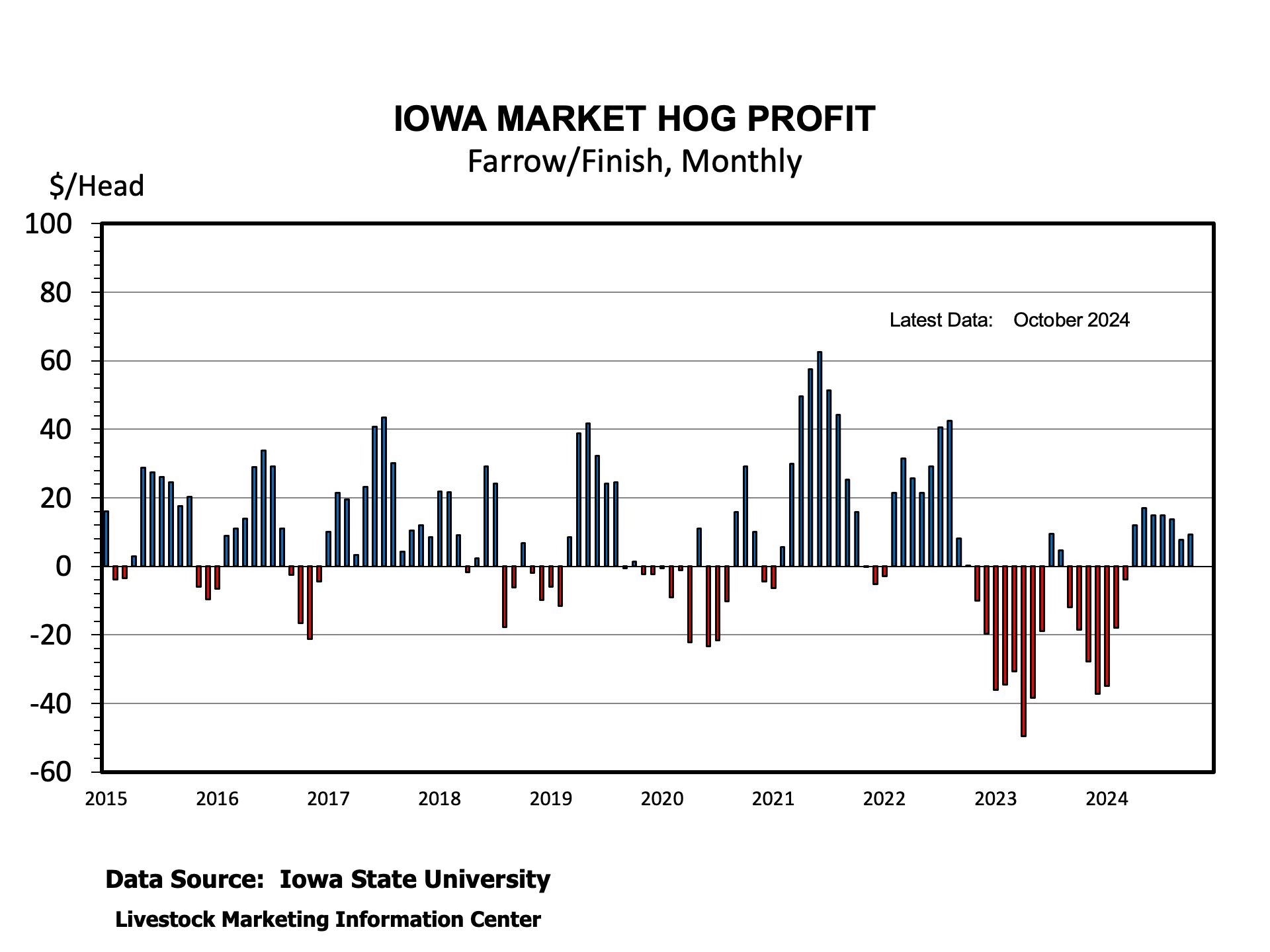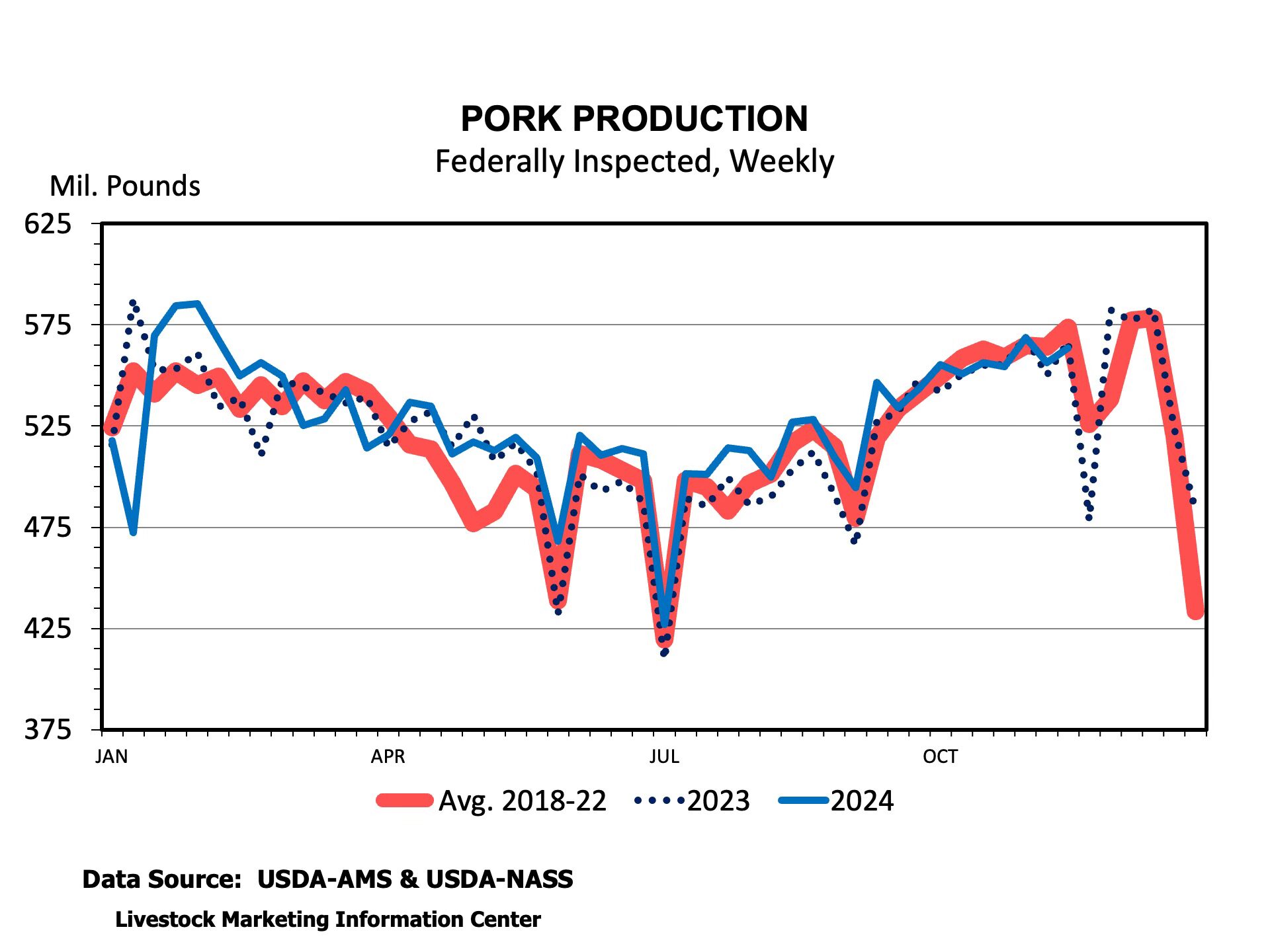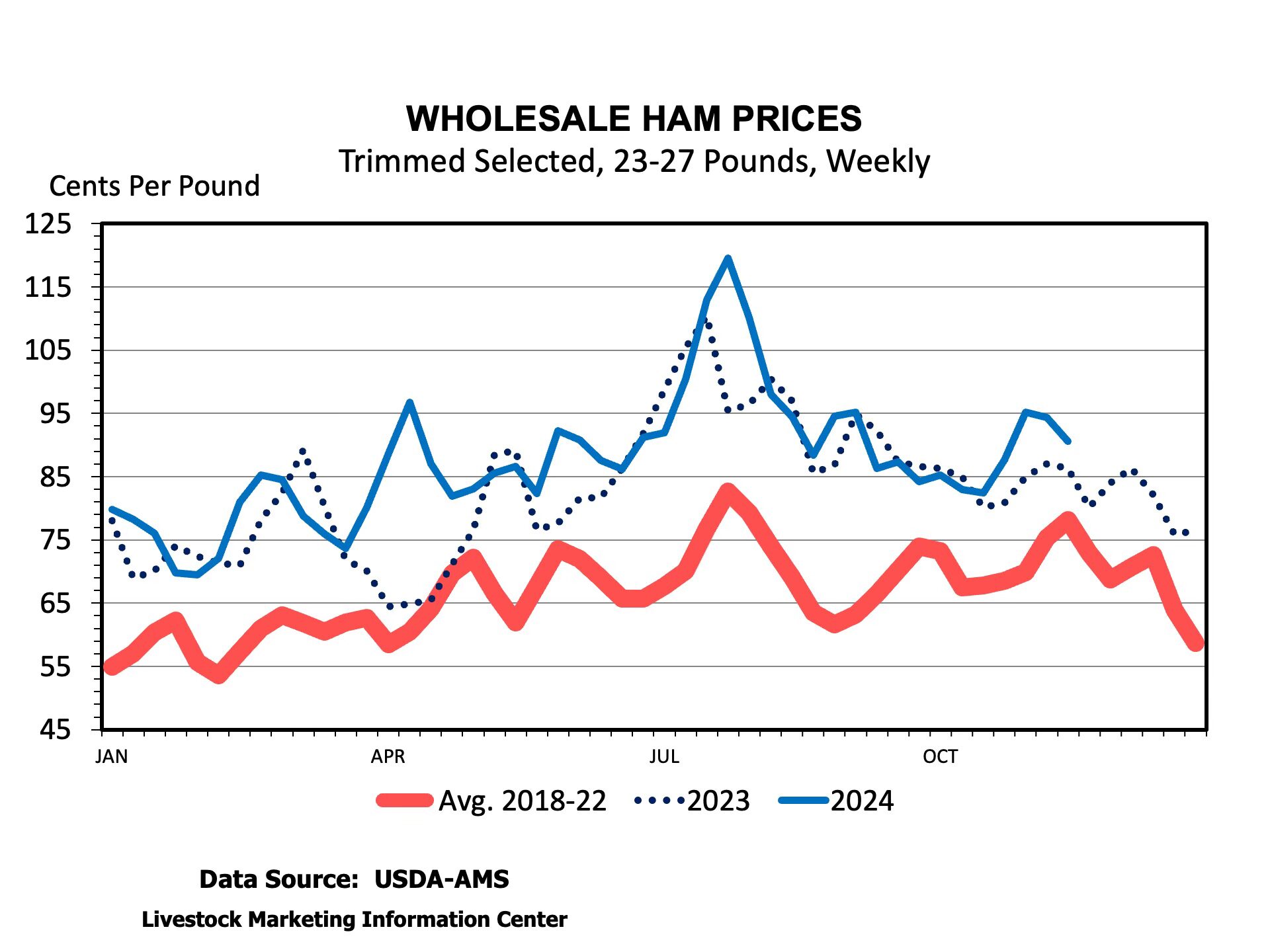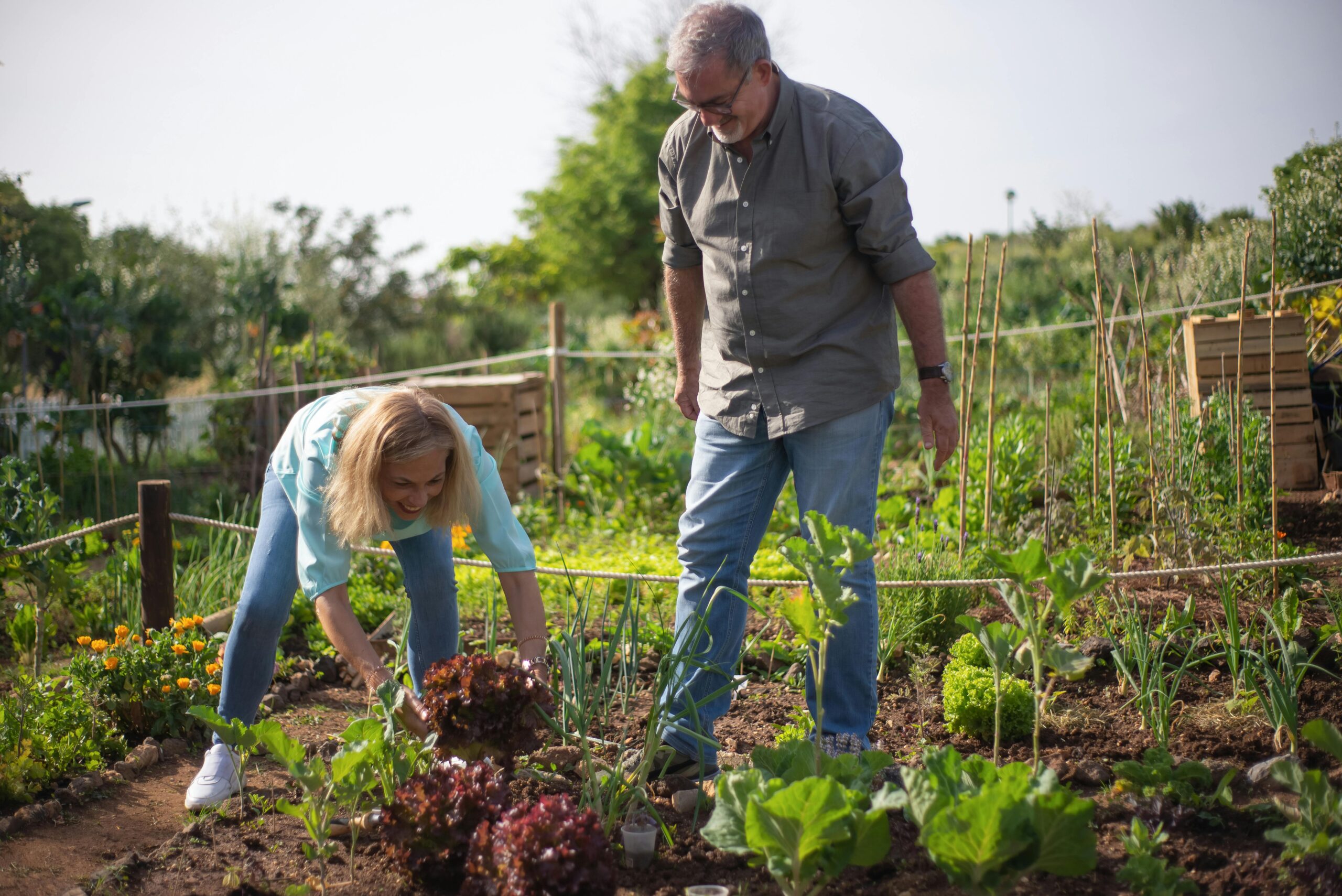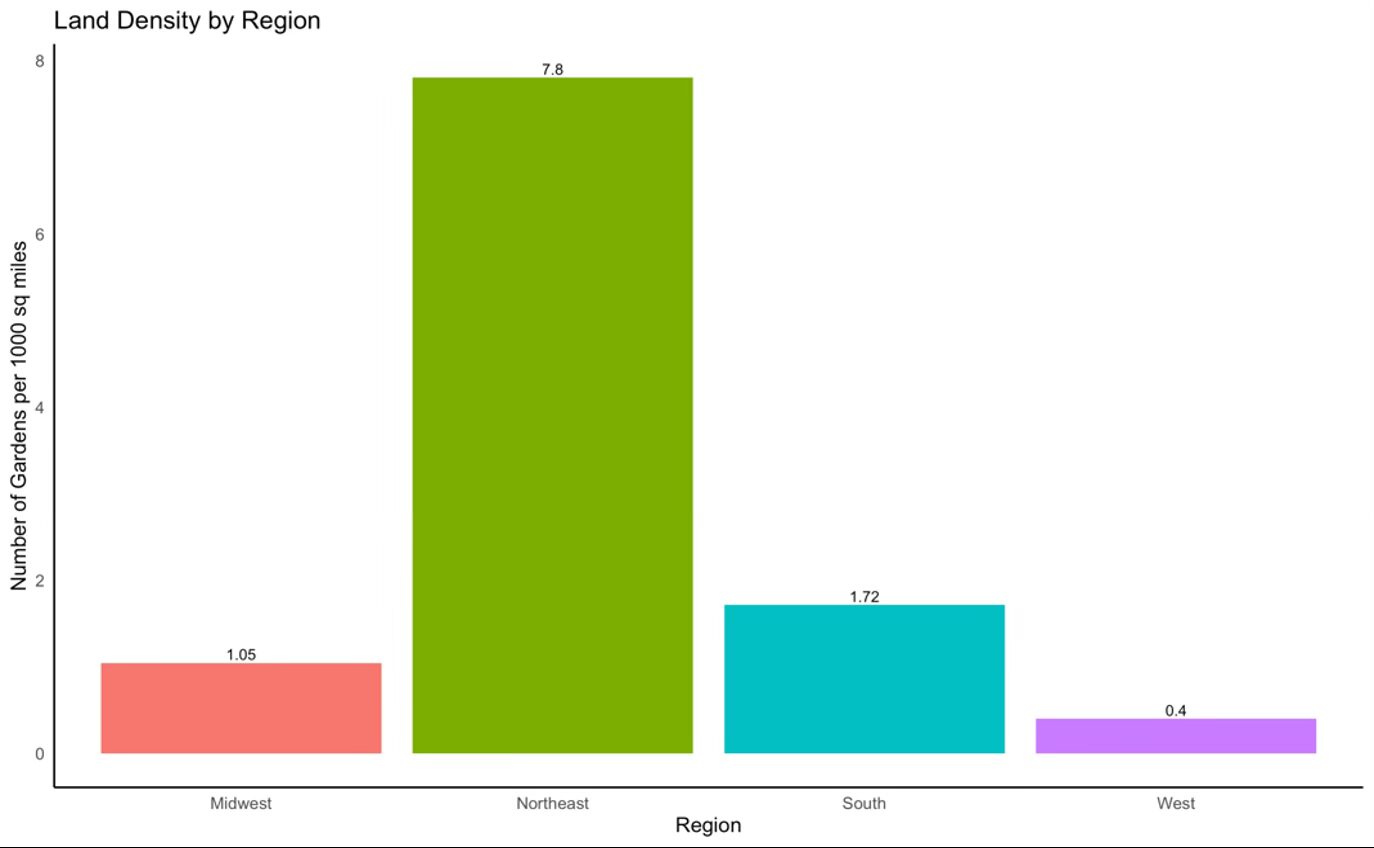I’m writing this somewhere over the Atlantic Ocean as I travel home from England. I was there for the last several days at the invitation of the British Embassy in Washington, D.C., along with several U.S. agricultural officials, including Congressional staff and a handful of state secretaries, directors, and commissioners. The purpose was to learn about the agricultural industry in one of the most beautiful and storied countries on the planet, but it also provided a good opportunity to compare with current events unfolding at home. Not surprisingly, farmers and ranchers in both countries face a lot of the same challenges: enduring erratic weather; striking the right balance between conserving resources and growing food; and navigating unpredictable politics, just to name a few.
With respect to the latter, both countries have recently gone through elections. This past summer in the general election in the U.K., the opposition Labour Party led by Keir Starmer – now Prime Minister – defeated the governing Conservative Party. The new government recently introduced a new inheritance tax proposal. While there are far more details (and nuance) than I have space to discuss today, the proposed changes will impose an inheritance tax of 20% on business and agricultural assets beyond £1 million (roughly $1.26 million at today’s exchange rates) beginning in April 2026. Much like in the United States, growth in land values and equipment costs have resulted in a situation where farms have significant net worth – at least on paper – but little liquidity. In other words, producers have little ability to pay huge tax burdens when an operation is passed along to an heir. Proponents of the proposal will argue that any transfers to individuals more than seven years before death will continue to fall outside the scope of the new inheritance tax. However, producers will counter that death doesn’t respect the timeframes set by the government, and they will argue that the proposal stands to destroy the heritage their families have built – to say nothing of the eventual impact on food security. On Tuesday of this week, British farmers and ranchers descended on London to protest the new government’s proposal.
While England is a long way from the United States, it’s not all that different from here. Throughout our own election season this Fall – and as part of the debate about how to pay for the now-defunct Build Back Better Act – a number of proposals were discussed to significantly change the taxation of unrealized capital gains and estate taxes in the United States. In June 2021, at the request of Rep. GT Thompson (R-PA) and Sen. John Boozman (R-AR), our team at the Agricultural and Food Policy Center (AFPC) authored a report that estimated the impact of two of these proposals, the Sensible Taxation and Equity Promotion Act and the For the 99.5 Percent Act. At the time, our analysis showed that a generational transfer under the two bills would impact 92 of AFPC’s 94 representative farms (increasing the average tax liability by $726,000 per farm) and 41 of 94 representative farms (increasing the average tax liability of $2.2 million per farm), respectively.
While our election results this Fall very likely mean that agricultural producers in the United States won’t face a near-term change in the treatment of unrealized capital gains and estate taxes, the events unfolding “across the pond” are a very clear reminder that elections have consequences…and that policies (well-intentioned or not) often have unintended consequences.
Fischer, Bart L. “What a Difference an Election Can Make.” Southern Ag Today 4(47.4). November 21, 2024. Permalink


